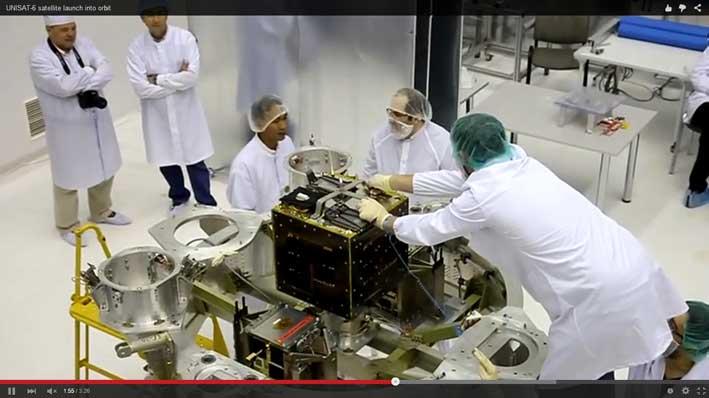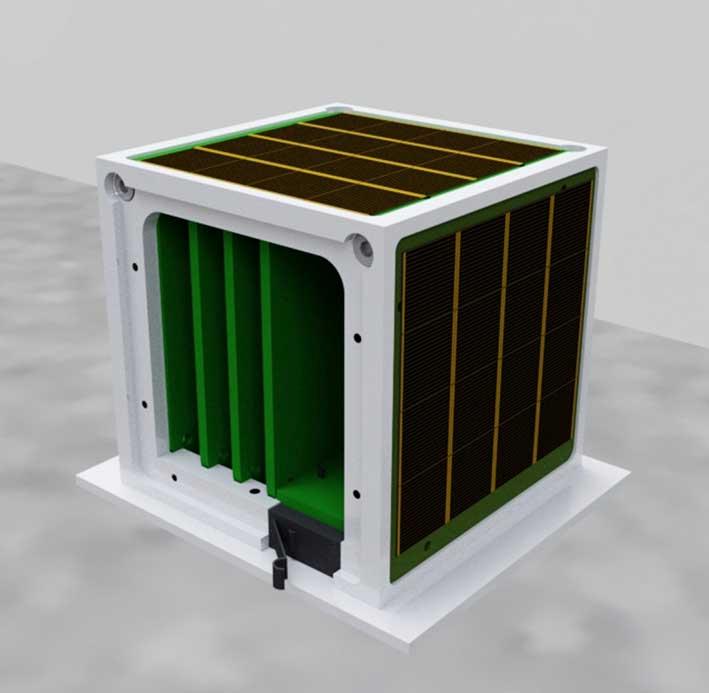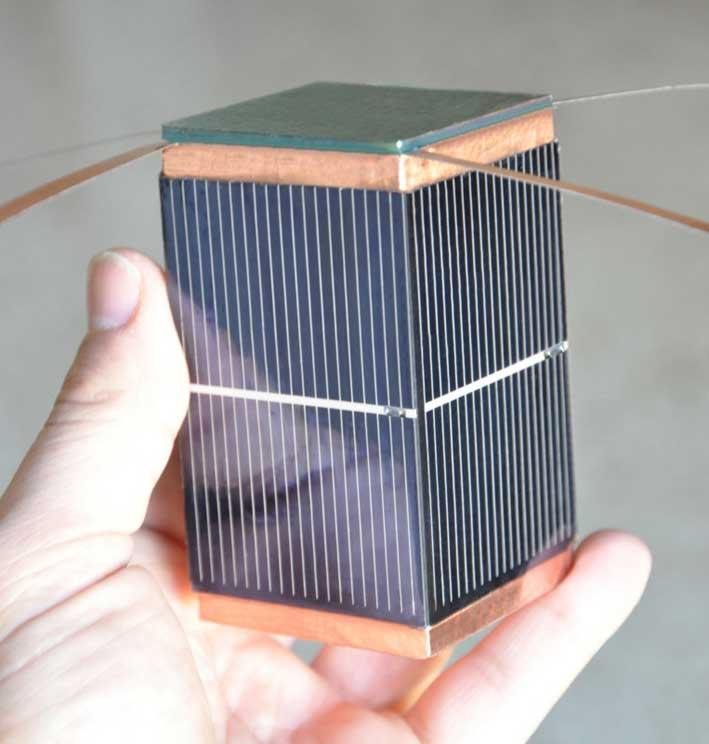Almost 50 years after Maltese UN Ambassador Arvid Pardo established the international law principle that governs supranational jurisdictions, Malta is finally set to venture past the ultimate frontier of the “common heritage of mankind” –Space, the University of Malta said in a statement
In keeping with its mission to bring the nation to the technological forefront, the University of Malta, in collaboration with the University of Birmingham in the UK, the Malta Amateur Radio League (MARL), and the Italian Astrodynamics company, GAUSS Srl in Rome, is planning Malta’s first space mission.

A miniature 5x5x5 cm, 250 gram device, referred to as a PocketQube pico-satellite, will be launched some time in 2018 into a sun-synchronous low earth orbit (LEO) and will be used to validate on-board equipment (commonly referred to as the payload) that will study the properties of an ionised region of the Earth’s upper atmosphere (known as the ionosphere). Reducing the size and weight of satellites is a recent trend aimed at minimizing the cost of launching objects into space, which aside from the fixed costs, can reach upwards of €10,000 per kilogram in some situations.
The collaboration has brought together two Maltese post graduate engineering students – Darren Cachia in Malta and Jonathan Camilleri, a Ph.D. student at the University of Birmingham – who have joined efforts and are developing the satellite platform and the scientific payload respectively.

“The challenge is to design a reliable space-grade device using low-cost commercial off the shelf components, such as the ones found in modern smart phones. Special software and hardware techniques are being developed to overlap the strengths and weaknesses of individual components, and improve the reliability of computation in the harsh radiation-filled environment of space. This relatively recent development brings space technology within the reach of University students and opens the door for civilian space research.”says Mr Cachia, whose projectwas awarded an Endeavour Scholarship and is part-financed by the European Union – European Social Fund (ESF).
This first launch will pave the way for a larger swarm of eight such satellites that will spread over a large geographical area and hence gain better coverage of changeable ionospheric conditions which affect radio communications. The mission is expected to last about18 months and will relay information back to Earth that will be accessible to anyone owning a simple ham radio set. Information will be made available in due course to allow schools and interested individuals to participate using inexpensive equipment.

3D Model of UoMSat1 – the University of Malta’s first Pico-Satellite
The multi-year pico-satellite research initiative led by Dr Ing. Marc Anthony Azzopardi and Dr Ing. Andrew Sammut is the flagship of the Astrionics Research group (ASTREA) of the University of Malta’s Department of Electronic Systems Engineering(ESE) which will leverage a €1Million European ERDF investment in advanced prototyping equipment to develop, manufacture and test the satellite platform. The payload development is led by Prof. Matthew Angling who runs the Space Environment and Radio Engineering (SERENE) group at the University of Birmingham. The launch is likely to be provided by Gauss Team Srl.in Italy, who typically launch fromthe Baikonur cosmodrome in Kazakhstan.
“Miniature satellite technology is set to bring some unique advantages to Malta by addressing a long standing problem we face with conventional earth observation satellites.” explains DrAzzopardi. “Up till now we had to choose between infrequent high quality imagery of the planet, and live video feeds at much lower resolution. Constellations of these new small satellites make it commercially feasible to do both, particularly over a small territory such as Malta. This has important applications in traffic management, border surveillance, environmental monitoring, disaster relief and new applications are emerging by the day” adds Dr Azzopardi.

An early mock-up demonstrating the typical size of a Pico-Satellite
“There is much to be gained from such advanced research projects. Besides the direct benefit of retaining our best minds in Malta, much of the technology being developed finds immediate application in improving the reliability of life-critical systems such as biomedical or automotive electronics – particularly relevant when both sectors are growing their presence in Malta. Such knowhow trickles down to improve and expand our industrial base” concludes Dr Sammut, Dean of the Faculty of Engineering.
Over the past year the Faculty of Engineering has also established contact with the European Space Agency in order to offer its students a wider range of training, research and career choices in the most advanced fields of Engineering. In addition, discussions were commenced with the University of Malta’s Institute of Space Sciences & Astronomy (ISSA) which couldeventually see the University develop its own scientific space missions